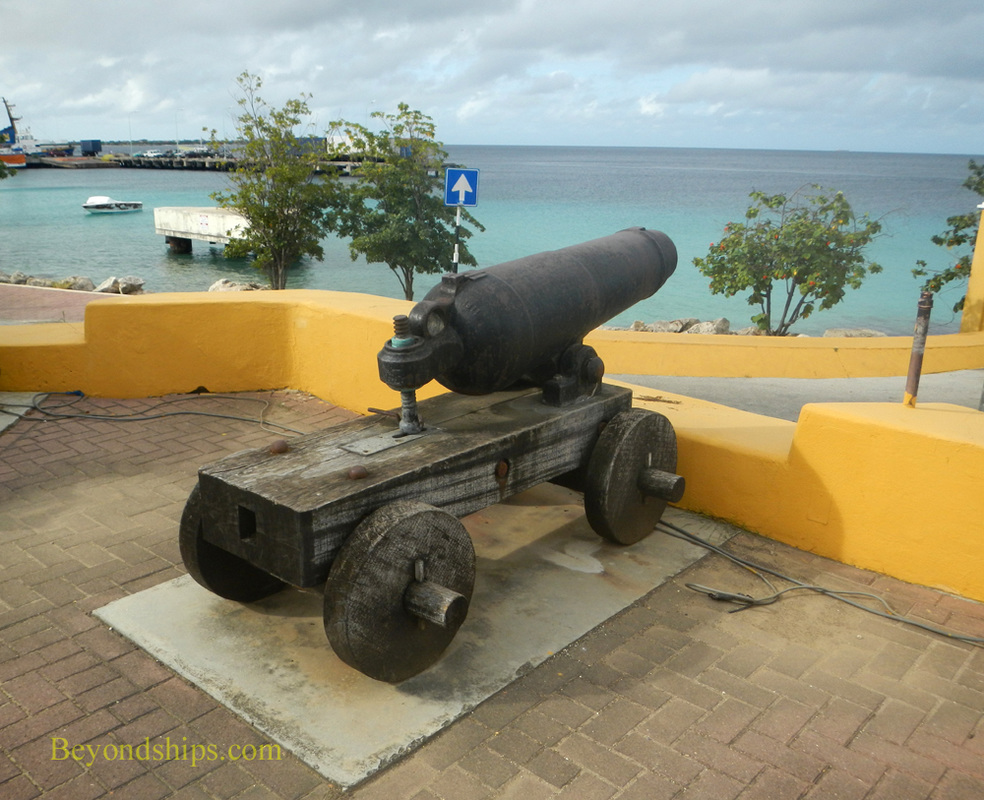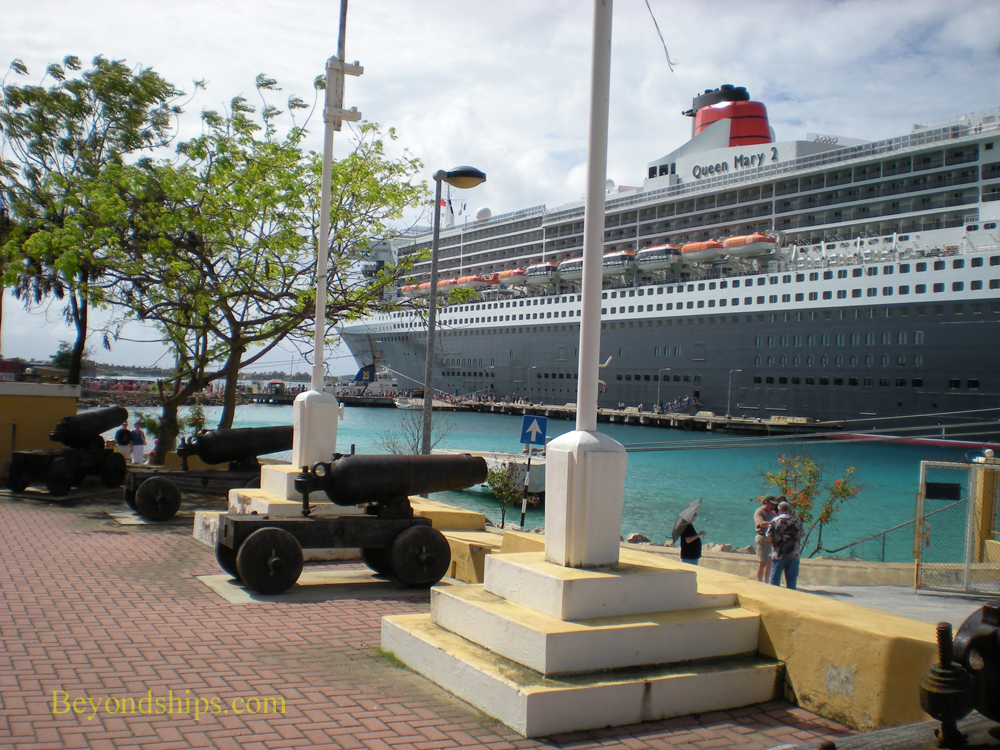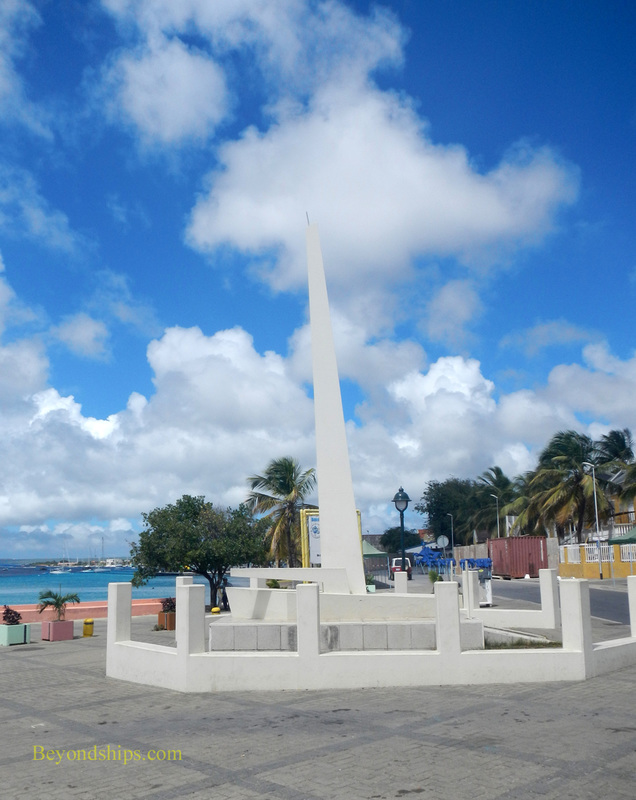HISTORY
|
Bonaire has a long but not very happy history. The first inhabitants were the Caqatios, a branch of the Arawak people, who arrived from South America around 1,000 B.C. Their rock paintings can still be seen on the island.
In 1499 Alfonso de Ojeda and Amerigo Vespuci arrived and claimed the island for Spain. At first, the Spanish thought the island was useless and so did not develop a colony. However, this was not good news for the indigenous people who were enslaved and sent to work in the mines in Hispaniola. This left Bonaire essentially uninhabited. In 1527, Spain decided that Bonaire might serve as a cattle plantation. Consequently, various types of livestock were brought to the island along with enslaved people to work the plantation. The village of Rincon was founded as a place for the workers to live. War broke out between Spain and the Netherlands in the early seventeenth century and the Dutch captured the ABC islands including Bonaire. They were particularly interested in the island's salt deposits as salt was needed to preserve the cod caught by the Dutch fishing industry in the Atlantic. Therefore, African slaves were brought to Bonaire to work the salt mines. During the Napoleonic Wars, the Netherlands came under the control of France. However, Napoleon's arch enemy, Great Britain, took control of the ABC islands. It was during this period that British settlers started the community that would eventually become today's Kralendijk. The ABC islands were returned to the Netherlands after the Napoleonic Wars. The Dutch operated Bonaire as a government plantation. Slavery was abolished in 1862. Not long after that, the Dutch government decided to sell its holdings on Bonaire to private entities. As a result, in 1868, two private landowners came to dominate the island. With its salt making industry in decline, many of Bonaire's residents left the island. Above: Historic cannons guard the harbor in Kralendijk.
|
The War Memorial in Kralendijk. Many people from Bonaire were killed while serving on oil tankers that were torpedoes during World War II.
In the 20th century, the construction of an oil refinery on nearby Curacao provided work for some residents of Bonaire and brought some economic relief.
During World War II, the Netherlands was occupied by Germany. Bonaire, however, became a protectorate of Great Britain and the United States. German prisoners of war were kept on the island. In addition, the United States built an air field. After the war, the tourism industry started to grow. The facility that had been used to house the prisoners of war was turned into a resort hotel. The American air field was converted into today's Flamingo International Airport. In the late 1940s, a pier was constructed that could handle large ocean going passenger ships. The Queen of the Netherlands had promised the Dutch overseas territories autonomy after the war. In 1948, Bonaire was grouped together with several other Caribbean islands (Aruba, Curaco, St. Eustatius, Saba and St. Maarten).as the Netherlands Antilles and given a large measure of autonomy. A few years later, the Netherlands Antilles became a constituent country of the Kingdom of the Netherlands on equal footing with the Netherlands. This arrangement did not work out as the various islands had different needs and aspirations. In 1986, Aruba seceded from the Netherlands Antilles. Some of the remaining islands wanted more autonomy while some of the others wanted greater integration with the Netherlands. This led to the dissolution of the Netherlands Antilles in 2010. Bonaire today is a special municipality of the Netherlands. |
|
|
|
Cruise destination travel guide - Bonaire - Bonaire history


